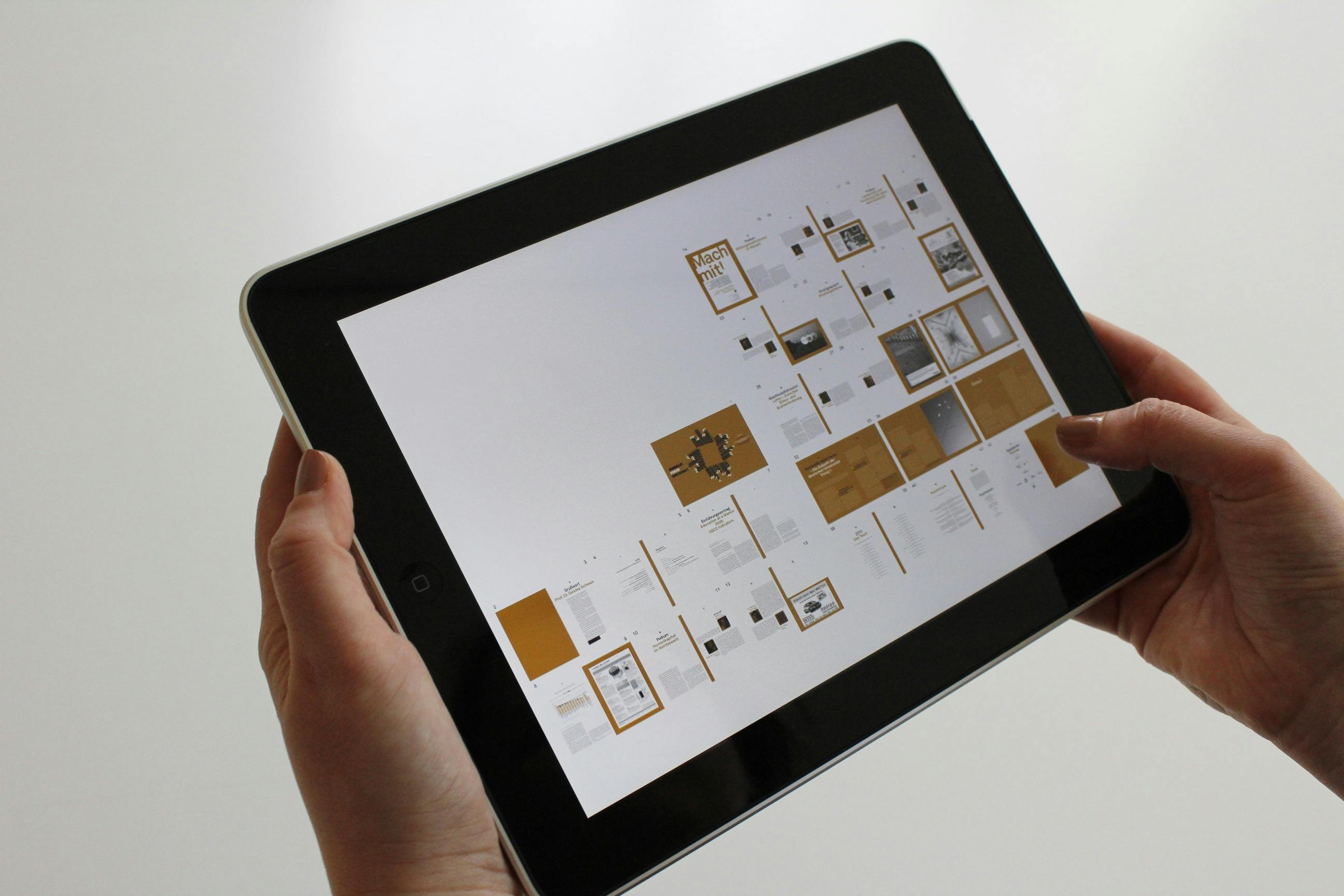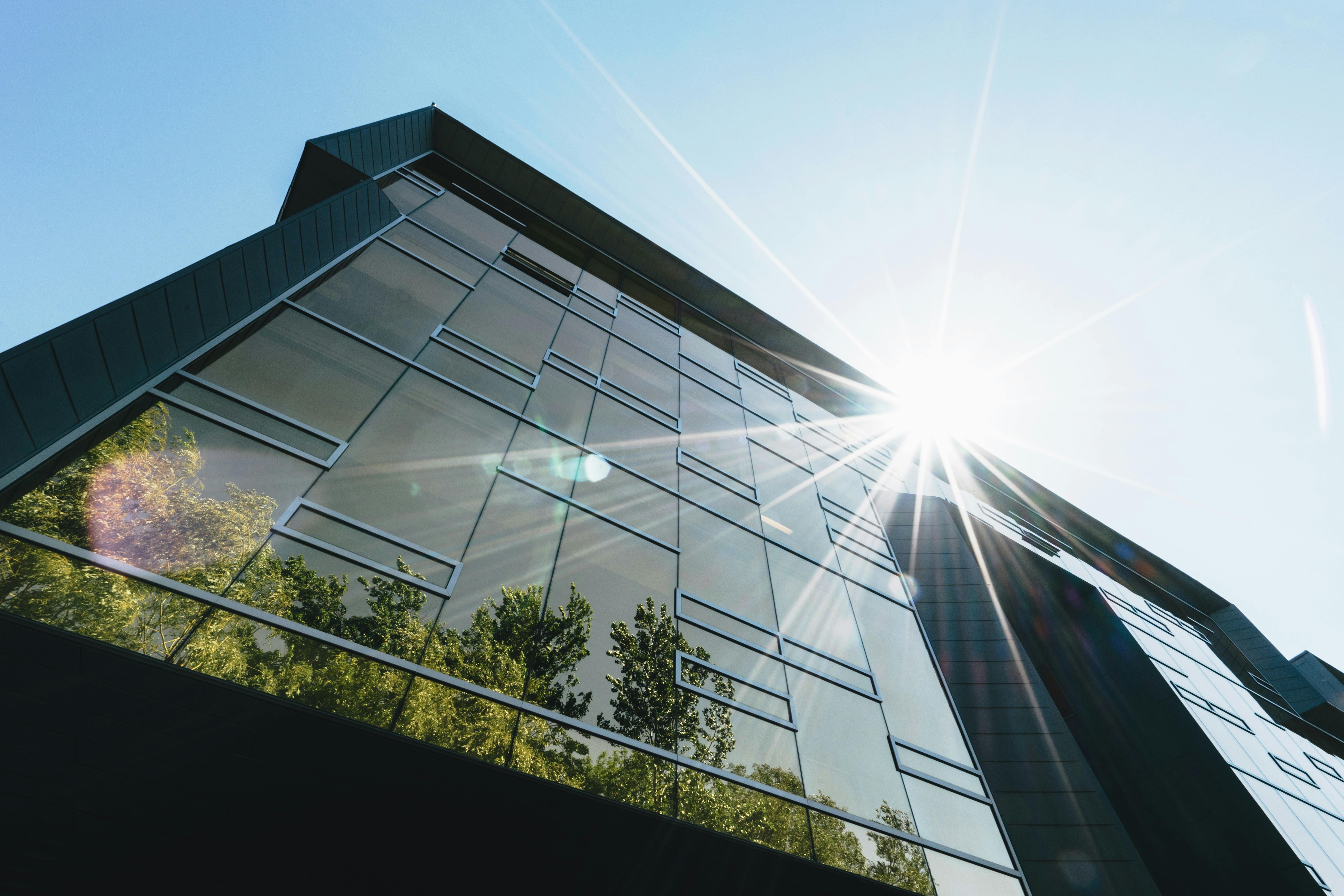Since no single camera can satisfy all kinds of shooting situations, the same goes for camera lenses. Each camera lens has its own characteristics and elements with clear advantages and disadvantages over the others. By learning more about how camera lenses differ from each other, we know how to apply the right camera lens depending on the situation and demands.
It used to be that most 35mm SLR cameras (equivalent to full frame format for digital SLRs) on the market came with a “standard lens”. The standard lens here refers to a lens with a focal length of 50mm and this is the format that most people think of as more or less what we normally see with our own eyes. As such, the 50mm is still a very popular lens among all photographers. Normally, the 50mm camera lens has a maximum aperture of f1.8. There are also faster lenses with a maximum aperture of f1.4 and even f1.2. These fast lenses prove to be better quality and much more useful, though it all comes at a much higher price.
One thing to keep in mind is that all SLR/DSLR cameras have interchangeable lenses. Changing lenses can be done easily and is differentiated by the camera mount. The most popular mount for most cameras in use today is the bayonet mount. To change the lens on a bayonet mount, to remove the lens, press a switch near the mount, and then simply rotate the lens 45 degrees clockwise; To insert another lens, simply align the lens according to the mark on the camera body and the camera lens, and rotate the lens 45 degrees counterclockwise.
The ability to change lenses on SLR/DSLR is one of the biggest reasons behind the creativity and great ease of use in photography compared to other cameras. Therefore, a camera with a standard lens could not allow you to use the camera to its fullest. In general, most photographers will consider getting or should get two other lenses in the wide angle and telephoto lens category.
What is wide angle lens? The wide angle lens generally covers the 28mm to 35mm focal range for the full frame format. Usually it will provide a wide angle view of what you see. Since more area in front of the camera will be captured in the photo, it is widely used in landscape photography. Using wide angle lenses, photographers generally have better control over the composition of the photo as the photographed subject can be very close to the photographer while at the same time keeping the background in focus.
On the other hand, a medium telephoto lens typically covers the 85mm to 135mm focal range. It usually gives the photographer the advantage of capturing a subject that is far away. And more importantly, it’s a great portrait lens. The wide angle lens tends to make a photo of a person’s face appear bulbous due to the focal range; with telephoto, a portrait photo taken with a focal range of probably around 100m will make the photos look nicer. Since the photographer would have to be quite far away, the person being photographed tends to be more relaxed and the end result of the photos will also look much more natural. Other than that, a telephoto lens tends to make the background of the photo appear much more out of focus. Although used in portrait photography, it will bring out more of the photographed subject, their eye, face, etc., greatly enhancing the photo.
Between wide angle and telephoto, many photographers have their preference for zoom as it is so convenient. The zoom lens, like what it has in its name, gives photographers the luxury of adjusting focal lengths easily without switching the lens between wide-angle and telephoto. Of course, the downside of the zoom lens is that it couldn’t provide the level of quality that a prime lens would. Although with today’s camera lens technology, it will take a very detailed eye to tell the difference.
Apart from these, there are also some types of special lenses for specific purposes. For example, fisheye lens and macro lens. The macro lens will allow the photographer to take a photo of the subject that appears life-size, while the fisheye lens will provide a 360-degree image of the environment, mimicking how fish look at the world. This special lens can produce truly spectacular results, although it’s not everyday equipment compared to typical wide-angle and telephoto lenses.



